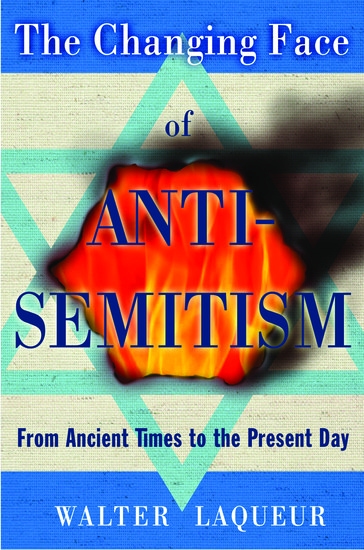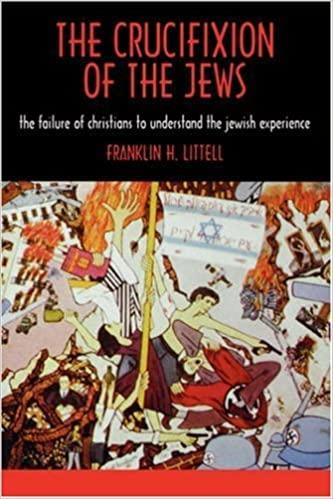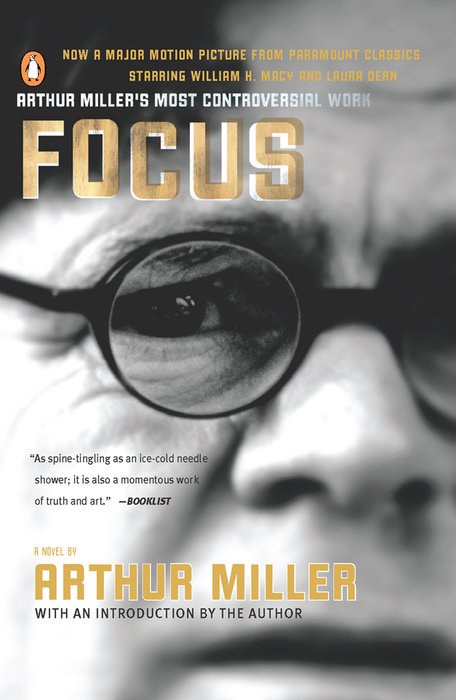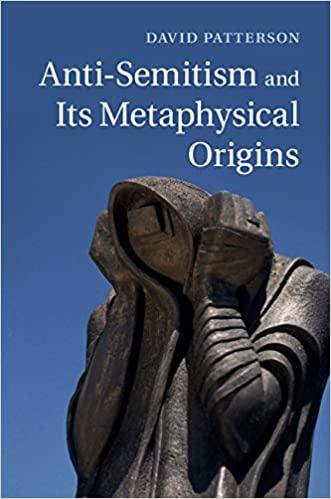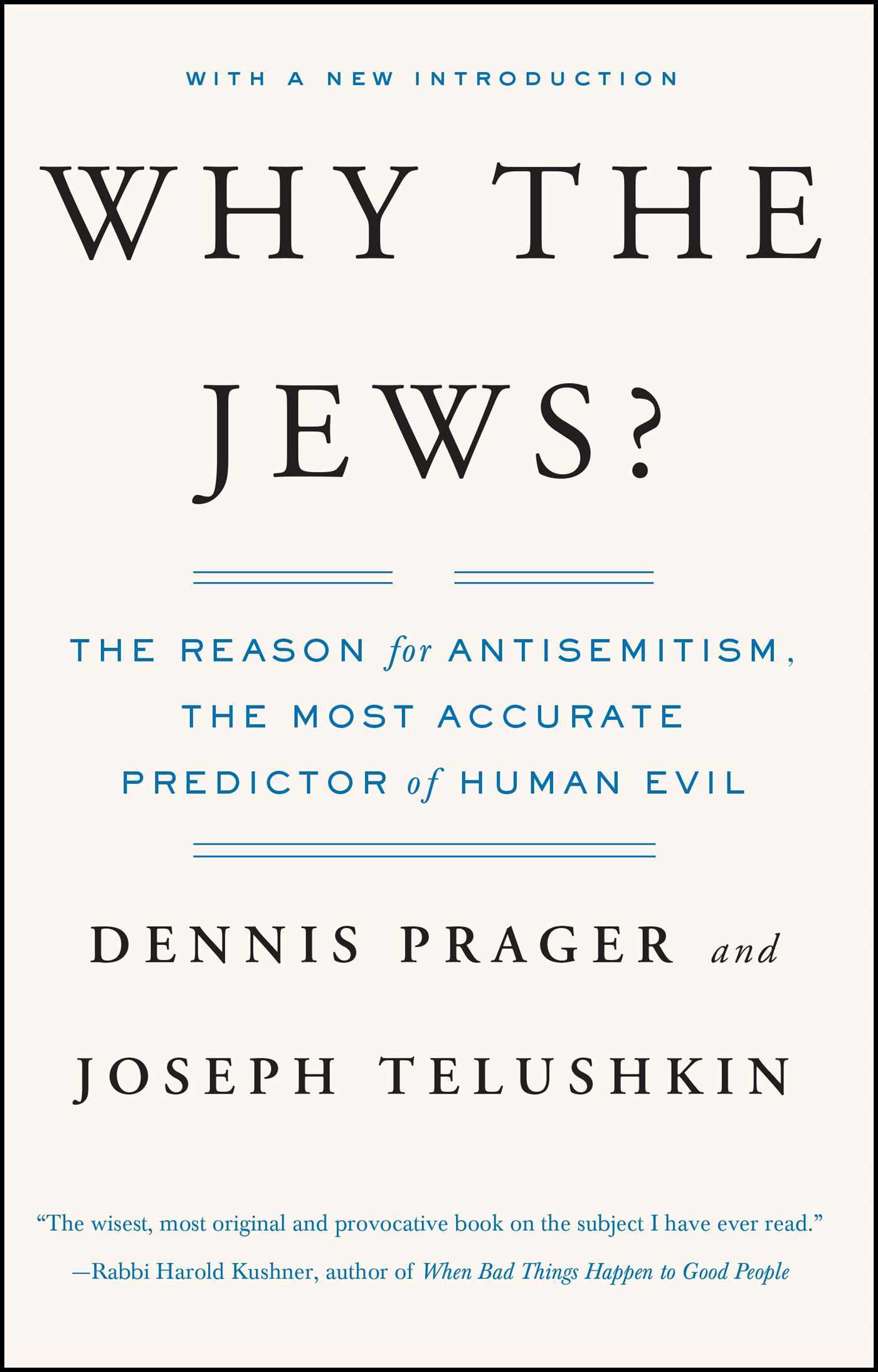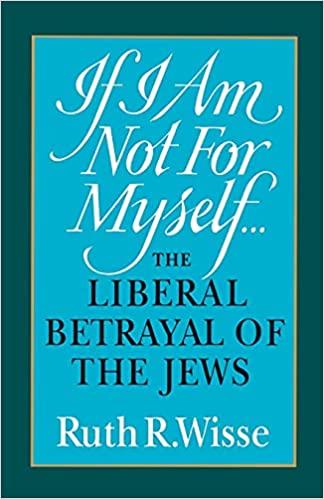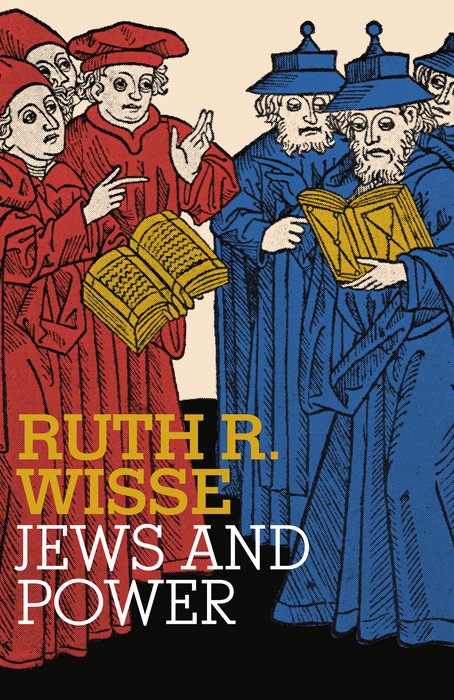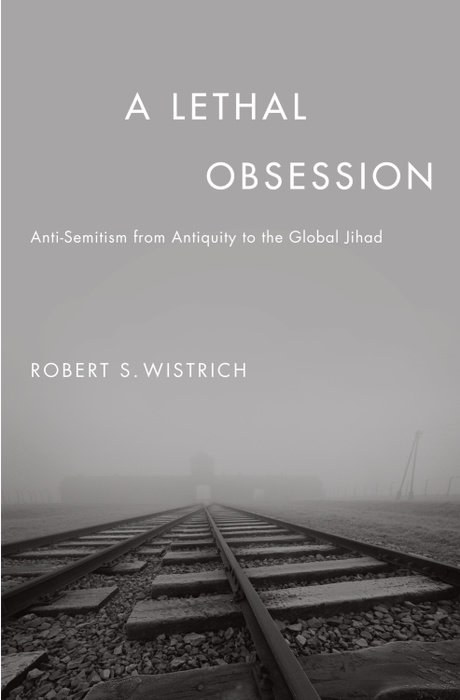Working Definition of Antisemitism (from IHRA)
Antisemitism is a certain perception of Jews, which may be expressed as hatred toward Jews. Rhetorical and physical manifestations of antisemitism are directed toward Jewish or non-Jewish individuals and/or their property, toward Jewish community institutions and religious facilities.
Manifestations might include the targeting of the state of Israel,
conceived as a Jewish collectivity. However, criticism of Israel similar
to that leveled against any other country cannot be regarded as
antisemitic. Antisemitism frequently charges Jews with conspiring to
harm humanity, and it is often used to blame Jews for “why things go
wrong.” It is expressed in speech, writing, visual forms and action, and
employs sinister stereotypes and negative character traits.
Contemporary examples of antisemitism in public life, the media,
schools, the workplace, and in the religious sphere could, taking into
account the overall context, include, but are not limited to:
- Calling for, aiding, or justifying the killing or harming of Jews in the name of a radical ideology or an extremist view of religion.
- Making mendacious, dehumanizing, demonizing, or stereotypical allegations about Jews as such or the power of Jews as collective — such as, especially but not exclusively, the myth about a world Jewish conspiracy or of Jews controlling the media, economy, government or other societal institutions.
- Accusing Jews as a people of being responsible for real or imagined wrongdoing committed by a single Jewish person or group, or even for acts committed by non-Jews.
- Denying the fact, scope, mechanisms (e.g. gas chambers) or intentionality of the genocide of the Jewish people at the hands of National Socialist Germany and its supporters and accomplices during World War II (the Holocaust).
- Accusing the Jews as a people, or Israel as a state, of inventing or exaggerating the Holocaust.
- Accusing Jewish citizens of being more loyal to Israel, or to the alleged priorities of Jews worldwide, than to the interests of their own nations.
- Denying the Jewish people their right to self-determination, e.g., by claiming that the existence of a State of Israel is a racist endeavor.
- Applying double standards by requiring of it a behavior not expected or demanded of any other democratic nation.
- Using the symbols and images associated with classic antisemitism (e.g., claims of Jews killing Jesus or blood libel) to characterize Israel or Israelis.
- Drawing comparisons of contemporary Israeli policy to that of the Nazis.
- Holding Jews collectively responsible for actions of the state of Israel.
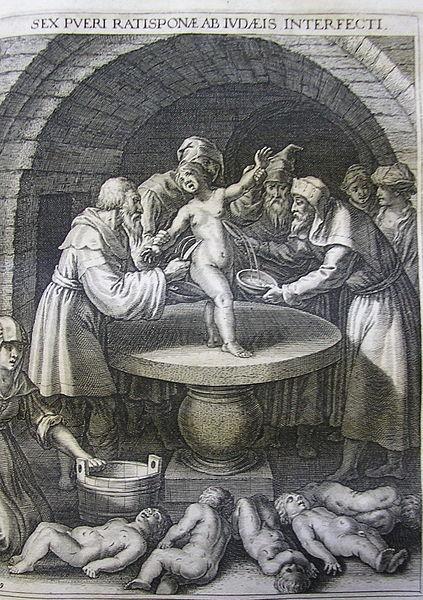
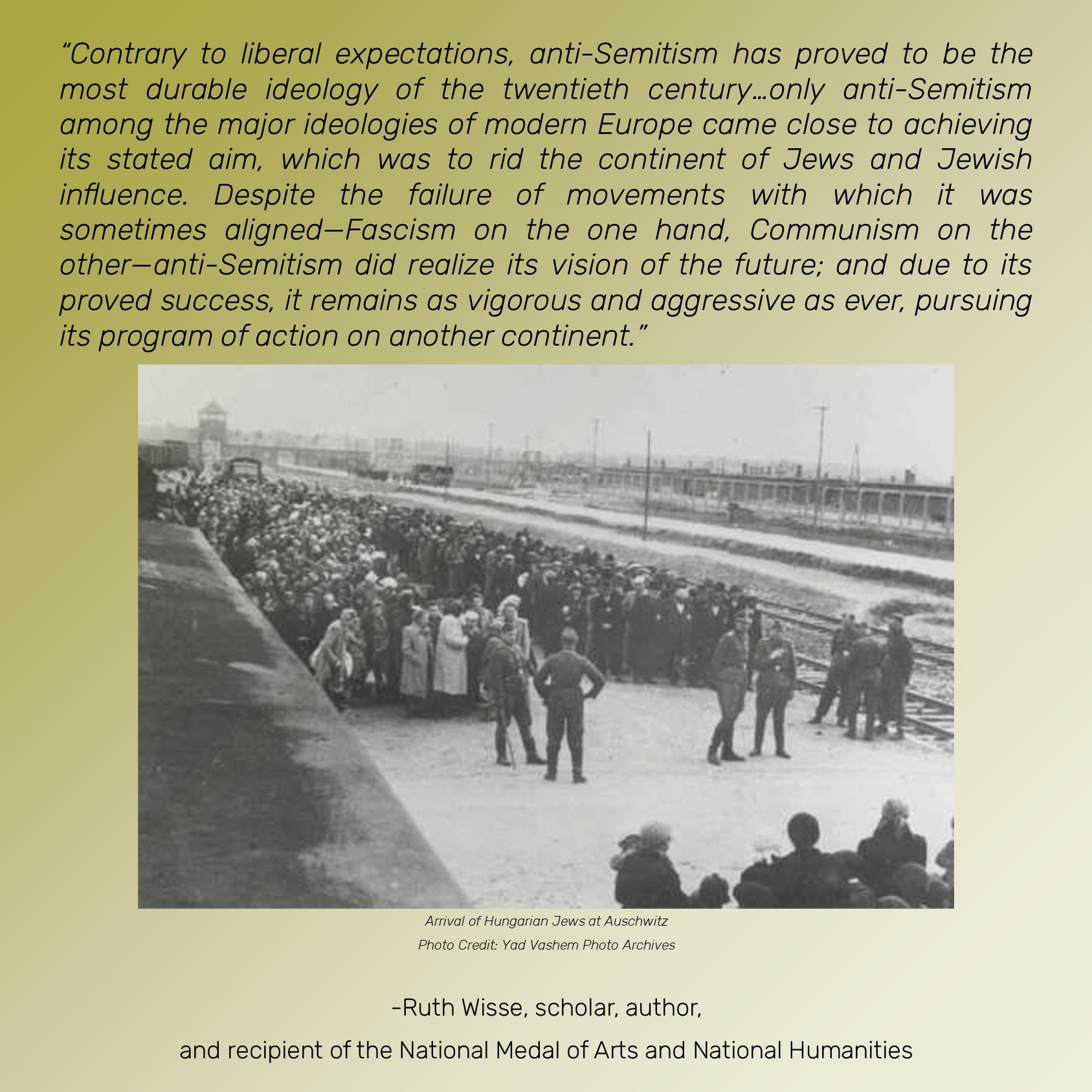
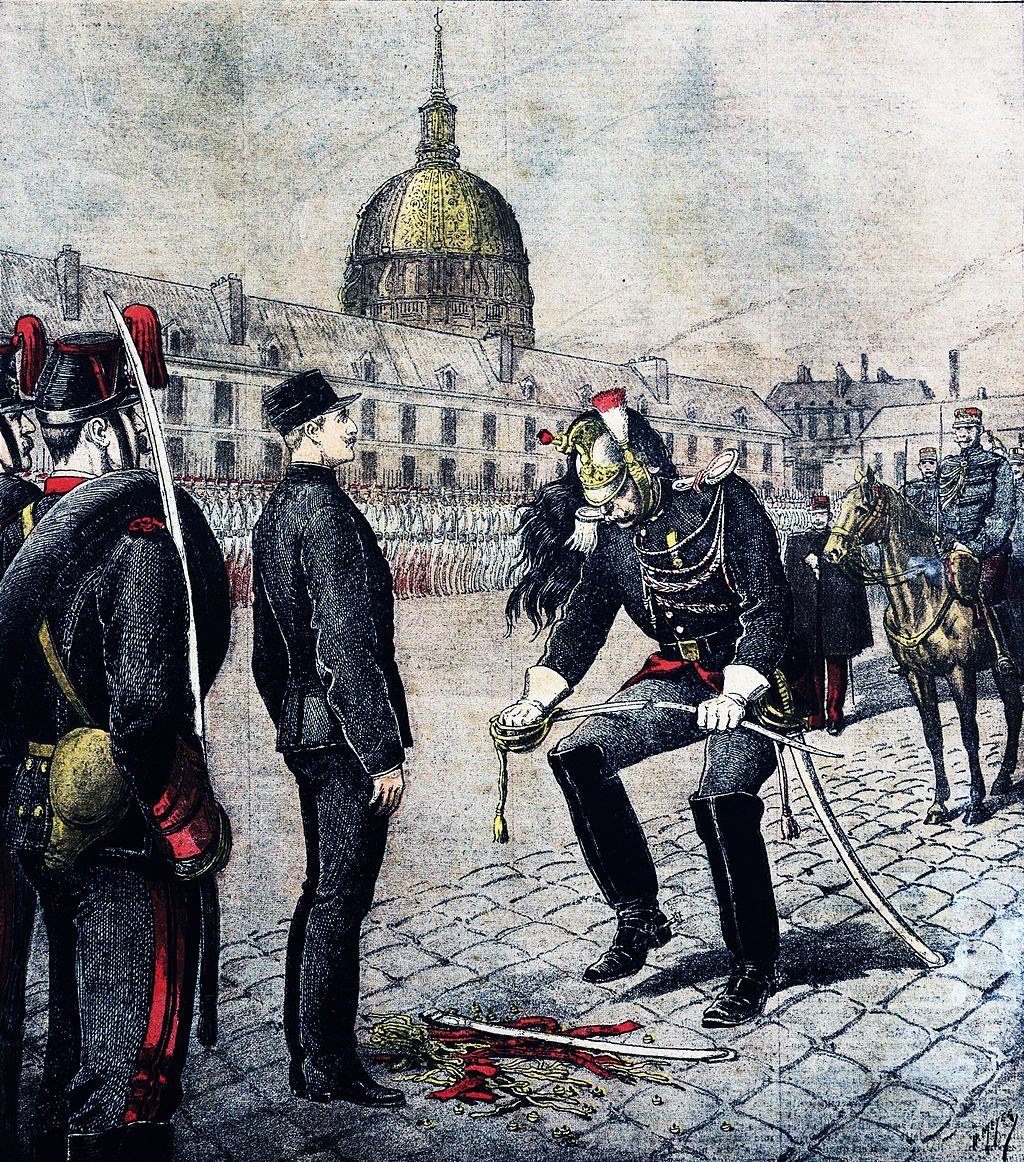
THGAAC's 10 Guidelines for
Teaching About Antisemitism
- Define antisemitism. The state of Texas has adopted the IHRA definition, which is helpful for its identification of many of antisemitism’s key features.
- Clarify that antisemitism has some similarities to other prejudices, but also that it has its own distinct features and history. Antisemitism morphs to fit attitudes in particular times and places, but certain patterns are apparent. These include the demonization of the Jewish people and religion and the association of them with the devil, the charge that Jews and Judaism are no longer relevant and have been replaced by Christianity or Islam, the accusation that Jews collectively participated in the murder of God, the dissemination of conspiracy theories accusing Jewish individuals and groups of secretly plotting to usurp power and harm innocents, the perception of Jews as clannish and traitorous aliens wherever they have lived outside of modern Israel, and more.
- Convey that antisemitism is neither confined to nor defined by any one place, era, or culture. Antisemitism existed long before Hitler, for example. Even during the Nazi regime, not all Germans were antisemitic, and not all Americans stood against antisemitism.
- Avoid reducing the nature or causes of antisemitism to oversimplifications of history, i.e., suggesting that Jews have been scapegoated simply because they were a minority or because they filled unpopular professions in certain times and places and therefore became associated with money. While these matters may have factored into increases in antisemitism, we must not ignore other, arguably more potent causes of antisemitism, including the Teaching of Contempt by the churches, the Blood Libel, the designation of Jews as a separate class during the Middle Ages, modern race theories, white supremacist movements, and more. The roots of antisemitism have tended to run deep and twist in complex ways.
- Take time to teach that, like any conspiracy theory, antisemitism depends on lies, libels, exaggerations, fearmongering, stereotyping, dehumanizing, and propaganda, not sound evidence, to make its case.
- Include content on historical antisemitism when offering Holocaust instruction. Show that antisemitism was the biggest factor behind how the Holocaust was conceived, planned, and implemented. While the Nazis indeed stole the property of Jews, the Nazis’ primary motivation was not greed, but hatred of Jews. Teach why Saul Friedländer and other scholars have called this hatred “redemptive antisemitism,” meaning that the Nazis promised it would save the world.
- Develop students’ understanding that antisemitism, though widespread and longstanding, did not make the Holocaust inevitable. Perpetrators, bystanders, and the all-too-few rescuers and resisters made conscious choices that held deep ethical ramifications.
- Be cognizant that an antisemitic statement can be made by anyone, including a Jewish person. When such a statement is made, it is usually best to try to focus on what makes the remark antisemitic, and not on the more dubious charge that the individual is an antisemite. (There are exceptions, of course, such as when the individual has an undeniable record of making this sort of statement.) Respond to antisemitic bullying and vandalism by building community awareness of the incident, reporting it to appropriate authorities, and educating about what makes antisemitism a danger.
- Cite recent studies and news reports that demonstrate that antisemitism is not confined to the past; in fact, every major recent study indicates that antisemitic attitudes and crime rates are increasing at alarming rates around the world, including in the United States. Building students’ awareness of these facts helps them grasp that the lessons of the Holocaust remain timely, relevant, and important.
- Do not let students’ first introduction to Jews or Judaism be a lesson about antisemitism or the Holocaust. Introducing Jews and Judaism in such a negative context gives the impression that the entirety of Jewish history is pitiable and creates the false impression that the Holocaust was inevitable. Although it is true that antisemitism has affected Jewish people across many generations, Jews should not be perceived as perpetual victims with no agency over their own lives. As is the case with other people, the experiences of Jews have been affected by many factors, including positive ones. Do not distort or trivialize Jewish lives by defining them in terms of only antisemitism or the Holocaust.
Printable version of THGAAC's 10 Guidelines for Teaching About Antisemitism
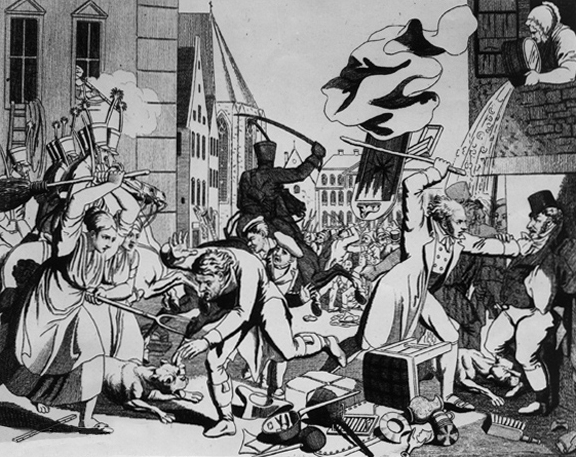
Lesson Plans and Classroom Toolkits on Antisemitism
- “Let’s Talk About Antisemitism” Teachers Guide (HMH)
- The Roots and Impact of Antisemitism (FHAO)
- Teaching the History of Antisemitism (Institute for Curriculum Services)
- Unit on Contemporary Antisemitism (Echoes & Reflections)
- Contemporary Antisemitism and Youth (FHAO)
- TEA Resources on the Israel Conflict (Texas Education Agency)
Reports on Antisemitism
- 2024 Study on Antisemitism in Texas (THGAAC)
- 2024 Audit of Antisemitic Incidents (ADL)
- 2023 Addendum to the Study on Antisemitism in Texas (THGAAC)
- 2022 Study on Antisemitism in Texas (THGAAC)
- Anti-Israel Activism on U.S. Campuses, 2023-2024 (ADL)
- 2024 US Antisemitism Landscape Survey (Stand Up To Jewish Hate)
- Campus Antisemitism Report Card (ADL)
- 2023 Antisemitism on U.S. College & University Campuses (Stop Antisemitism)
- 2023 Hate in the Lone Star State: Extremism & Antisemitism in Texas (ADL)
- History under attack: Holocaust denial and distortion on social media (UNESCO, UN)
- 2022 Audit of Antisemitic Incidents (ADL)
- 2022 Report on the State of Antisemitism in America (AJC)
- 2021 Report on Online Antisemitism (ADL)
- 2021 Report on the State of Antisemitism in America (AJC)
- 2020 Report on the State of Antisemitism in America (AJC)
Links on Antisemitism
- The Institute for the Study of Global Antisemitism and Policy
- B'nai B'rith International
- American Jewish Committee
- Anti-Defamation League
- Stand With Us
- Academic Engagement Network
- Combat Antisemitism
- Campaign Against Antisemitism
- The Vidal Sassoon International Center for the Study of Antisemitism
- The Stephen Roth Institute for the Study of Contemporary Antisemitism and Racism
- Yale Program for the Study of Antisemitism
- Birkbeck Institute for the Study of Antisemitism

Audiovisual Resources on Antisemitism
- Nature of Antisemitism (Yad Vashem)
- The Genocidal Aspect of Antisemitism (Yad Vashem)
- European Antisemitism from Its Origins to the Holocaust (USHMM)
- Antisemitism Today (2017) (USHMM)
- Robert Wistrich: A Lethal Obsession (ISGAP)
- Ruth Wisse: Why Antisemitism Succeeds (ISGAP)
- Natan Sharansky: The 3Ds and the IHRA Definition: Tools to Combat Antisemitism (ISGAP)
- Author Dara Horn On The Lies Smart People Believe (The OCU Chronicle)
- The Mainstreaming of Antisemitism: How Should We Respond? (AJC)
- Blood Libel (Jewish Museum London)
- Magda Teter: Blood Libel: On the Trail of an Antisemitic Myth (Berkeley Center for Jewish Studies)
- France and the Dreyfus Affair (Yad Vashem)
- The Protocols of the Elders of Zion (Yad Vashem)
- The Sensational Case of Leo Frank (GPB)
- Henry Ford's Assembly Line of Antisemitism (JLI)
- The Truth About Ashkenazi Jews (Unpacked)
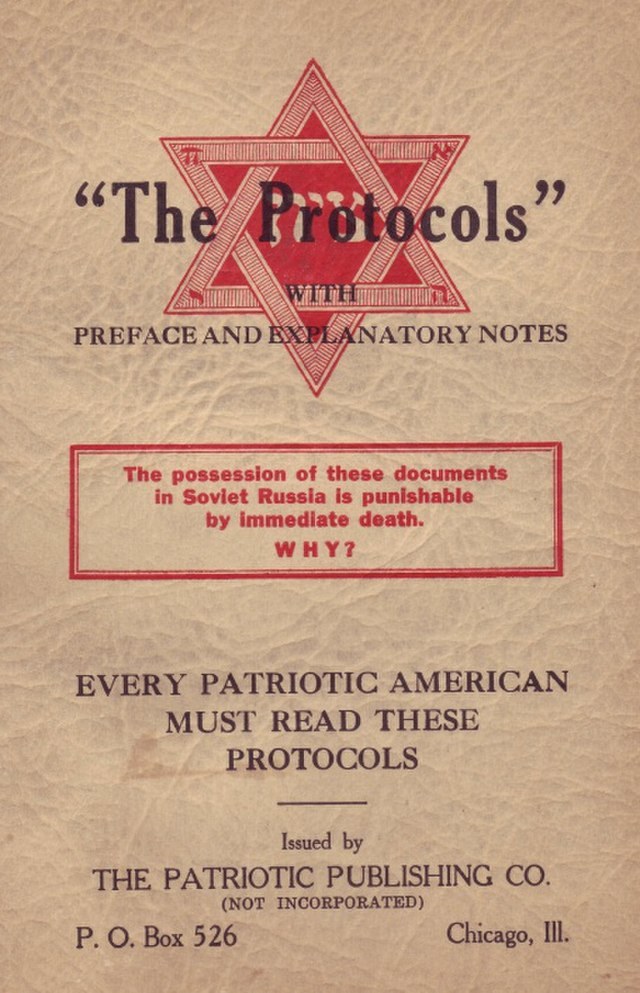
Recommended Readings on Antisemitism
- Expressing My Jewish Identity Should Not Feel So Risky (TIME)
- Nearly Three-Quarters of Jewish Students Experienced or Witnessed Antisemitism on Campus, New Survey Finds (Hillel International)
- Addressing Anti-Semitism through Education: Guidelines for Policy-Makers (UNESCO)
- Antisemitism (USHMM)
- The Holocaust shouldn’t be a catch-all metaphor for hate – but we can still learn from comparisons
- Berkeley Talks: How a Lie from Medieval Europe Spread Antisemitism Across the World
- The dubious link between education and antisemitism (Boston Globe)
- Jew-hatred is poisoning America’s campuses (New York Post)
- Data: Antisemitism on Campuses (Algemeiner)
- Shocking Antisemitism in Public Schools (aish.com)
- Inclusion Curriculums Must Teach Antisemitism (Times of Israel)
- Too Jewish For Hollywood: As Antisemitism Soars, Hollywood Should Address Its Enduring Hypocrisy In Hyperbolic Caricatures of Jews (Variety)
- Rising Antisemitism in Texas (ADL)
- The Surprising, Fraught History of the Texan Jewish Experience
- Antisemitism on US College Campuses (The Daily Texan)
- Texas first US state to adopt IHRA definition of anti-Semitism
- US Jewish Groups Hail Adoption by Texas of Leading Definition of Antisemitism
- Texas adopts International Definition of Antisemitism
- United Nations 2019 Report on Antisemitism
The following titles are arranged alphabetically by author. Clicking on each image will open a page with more information.








